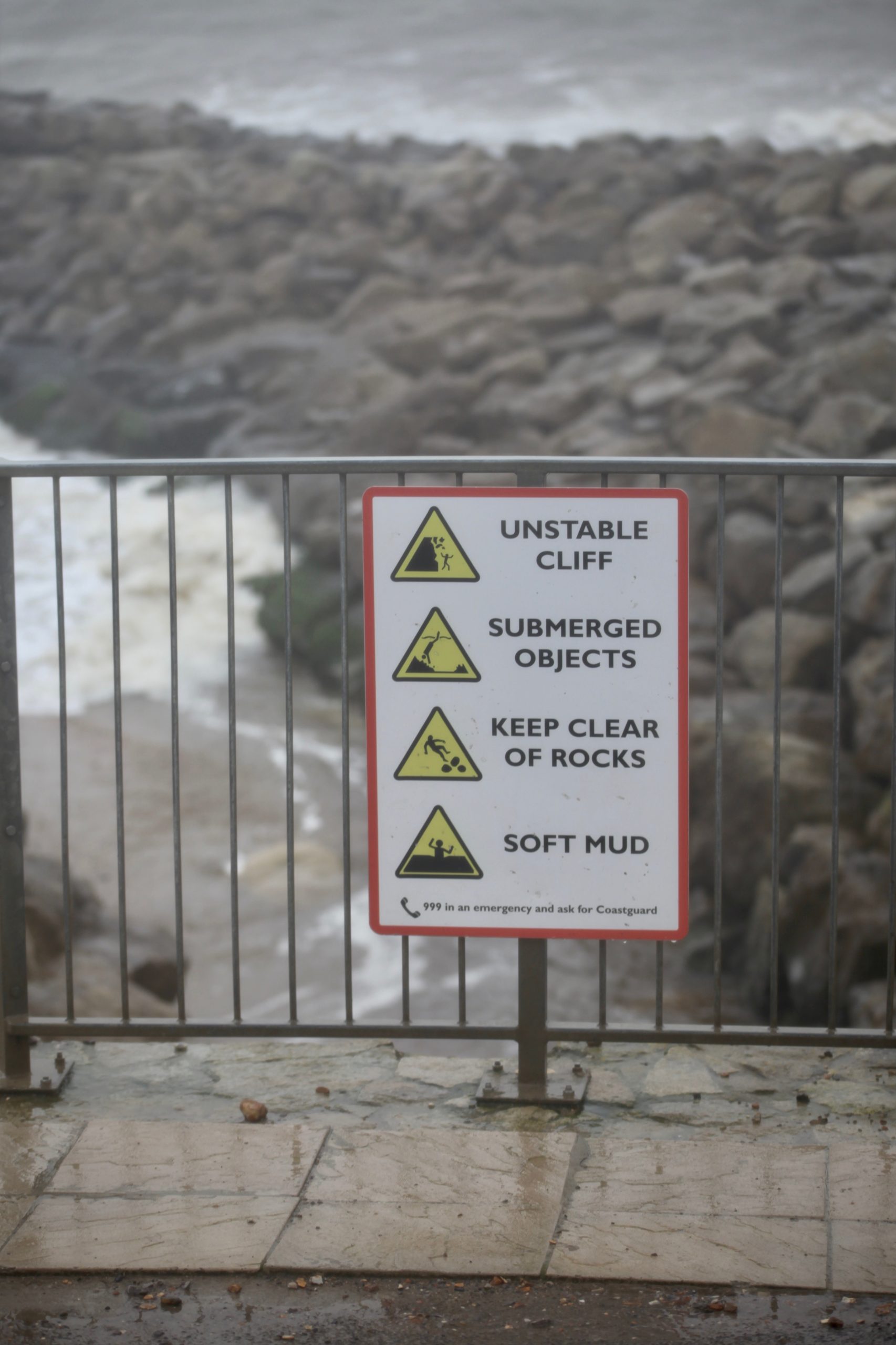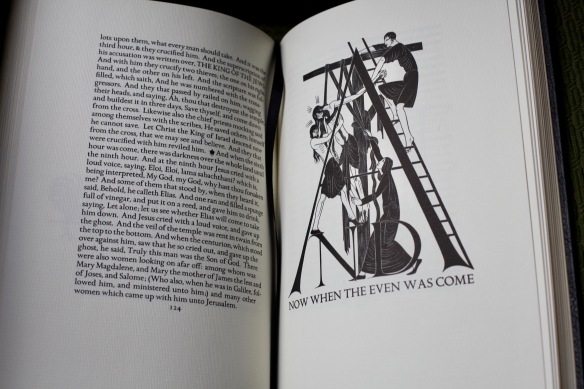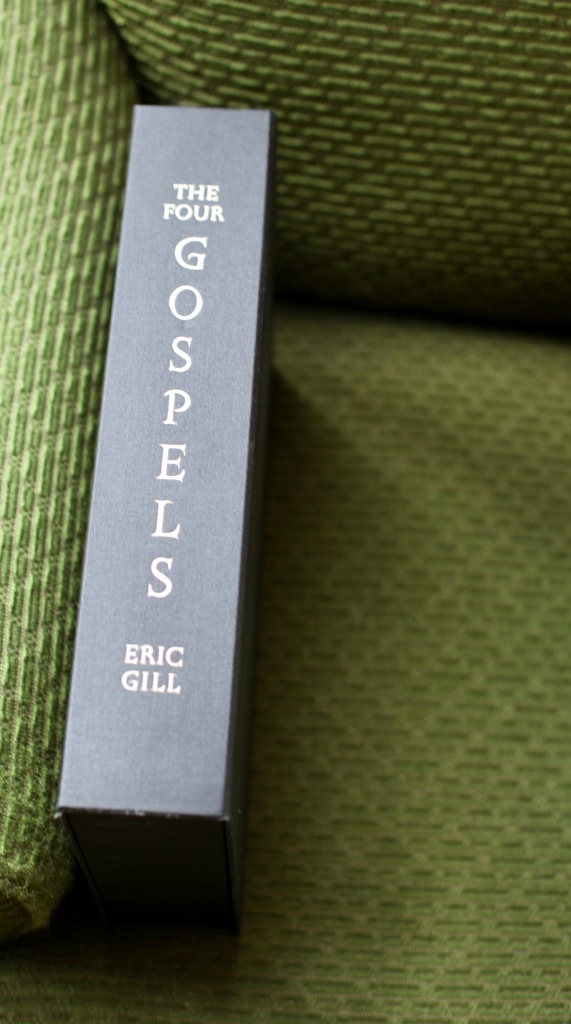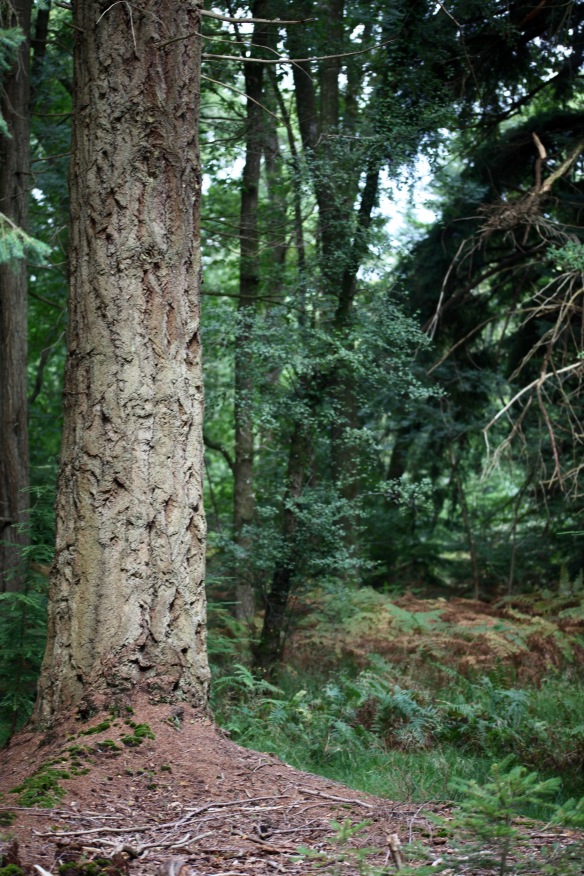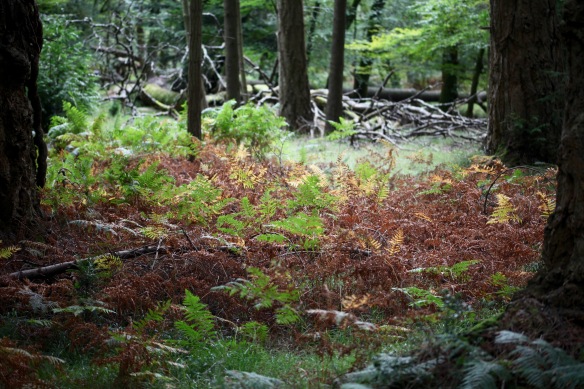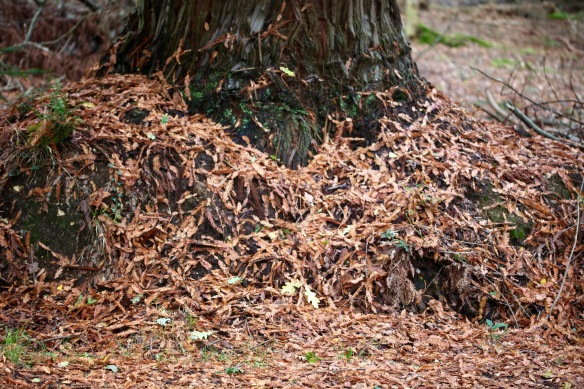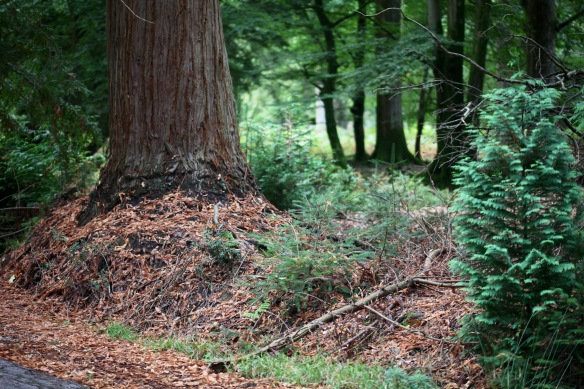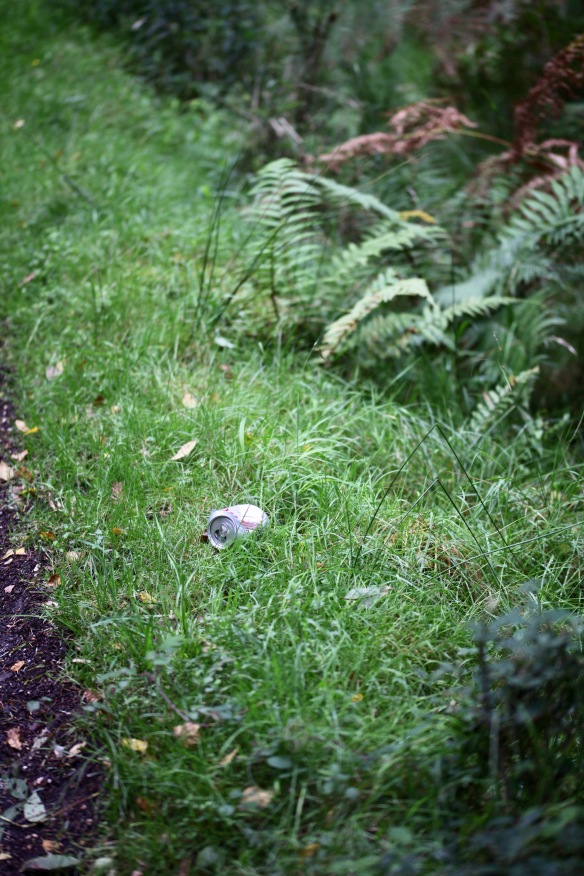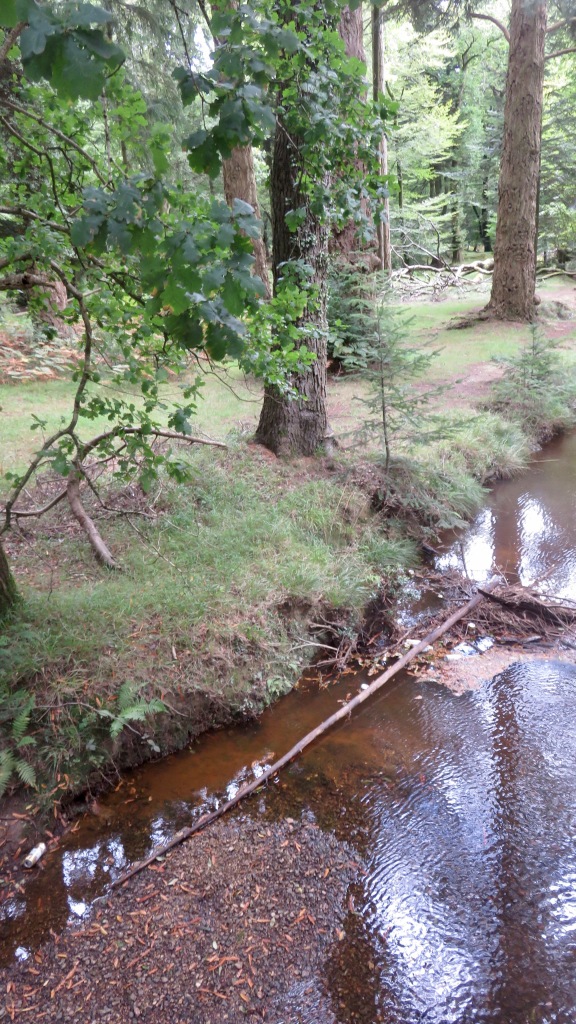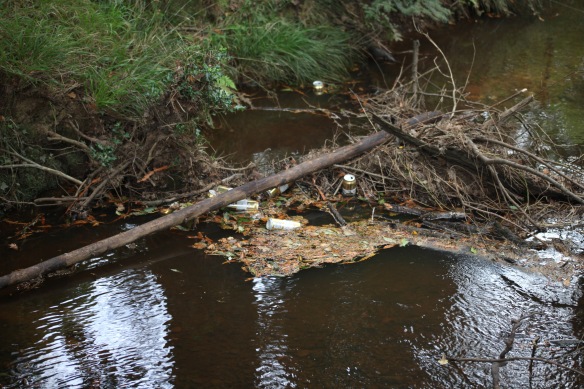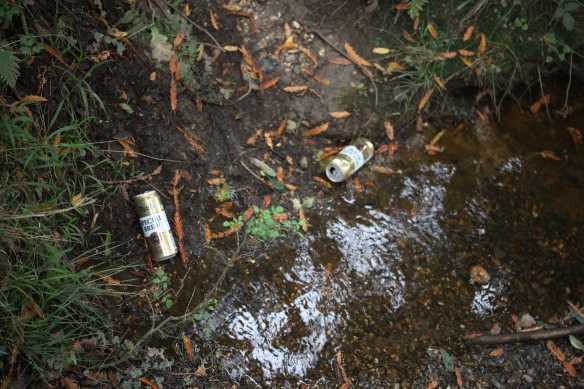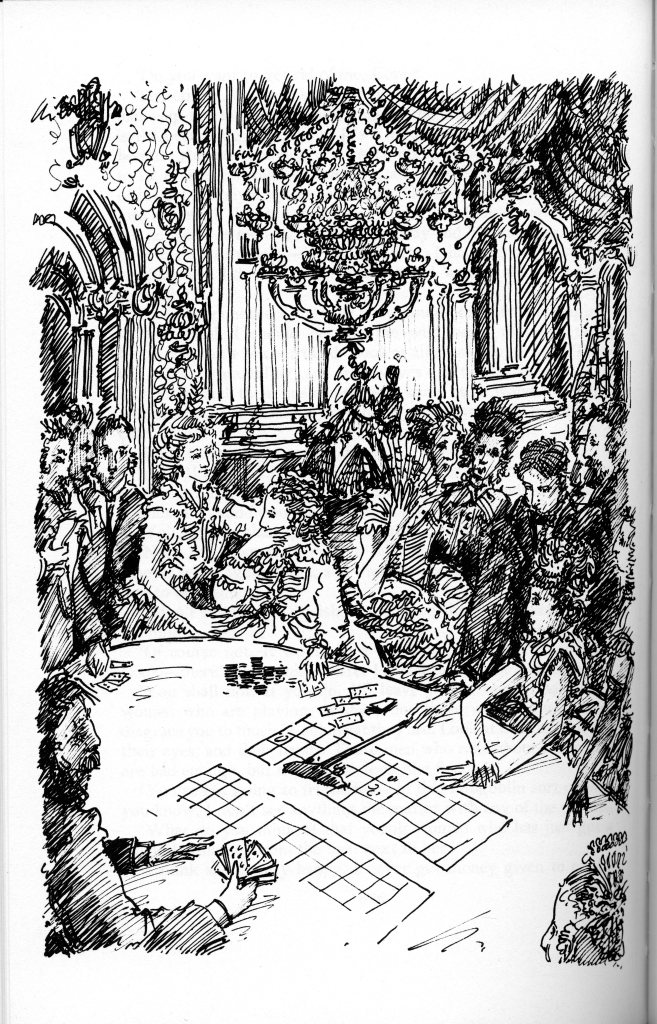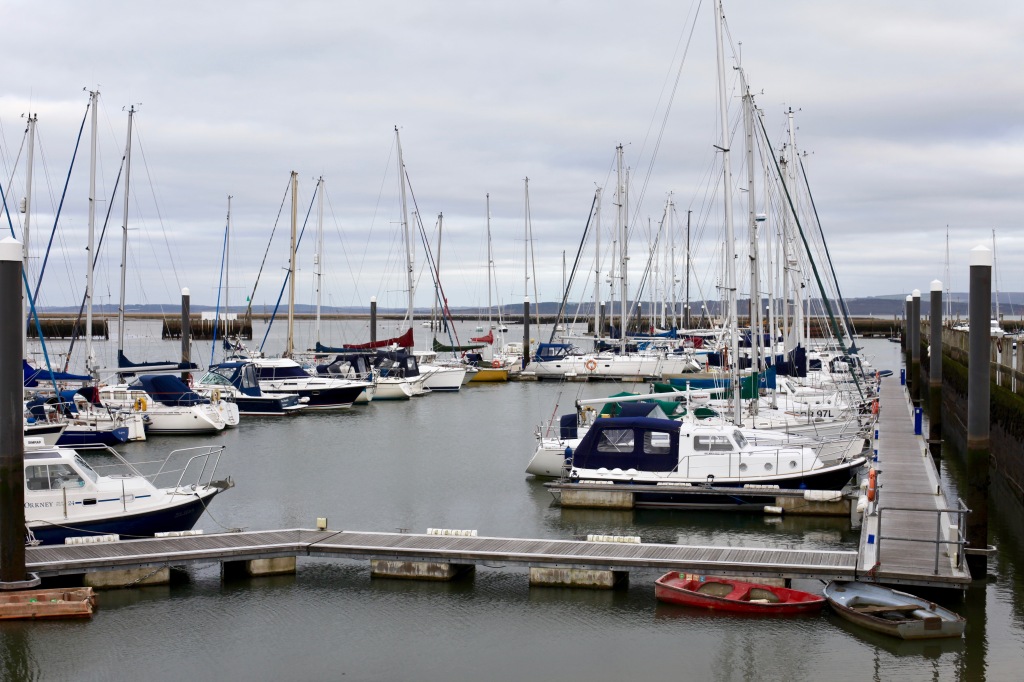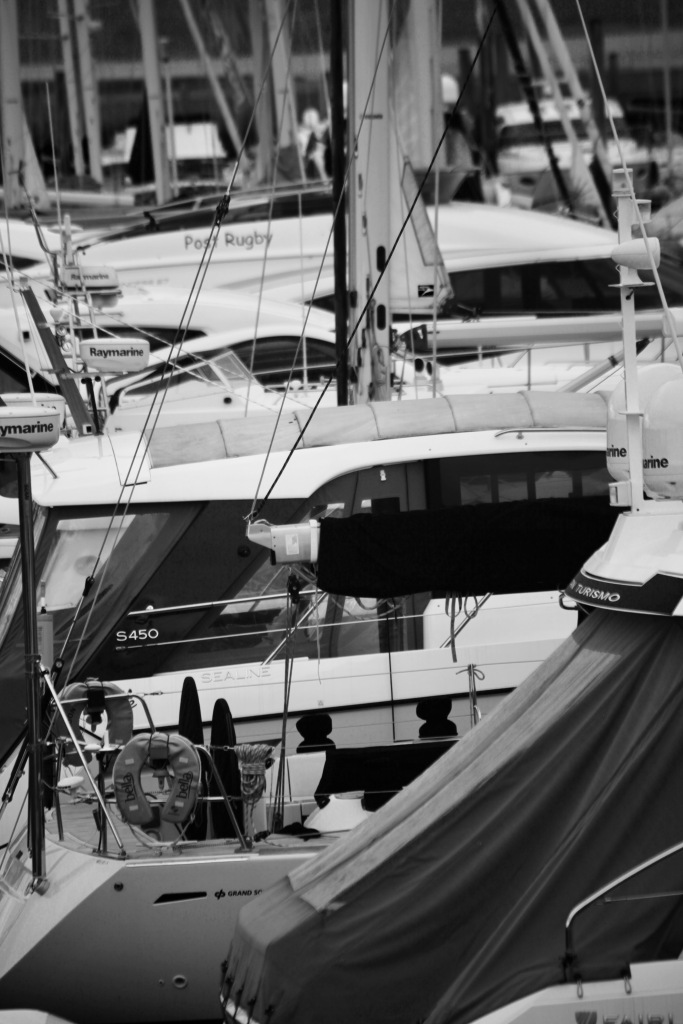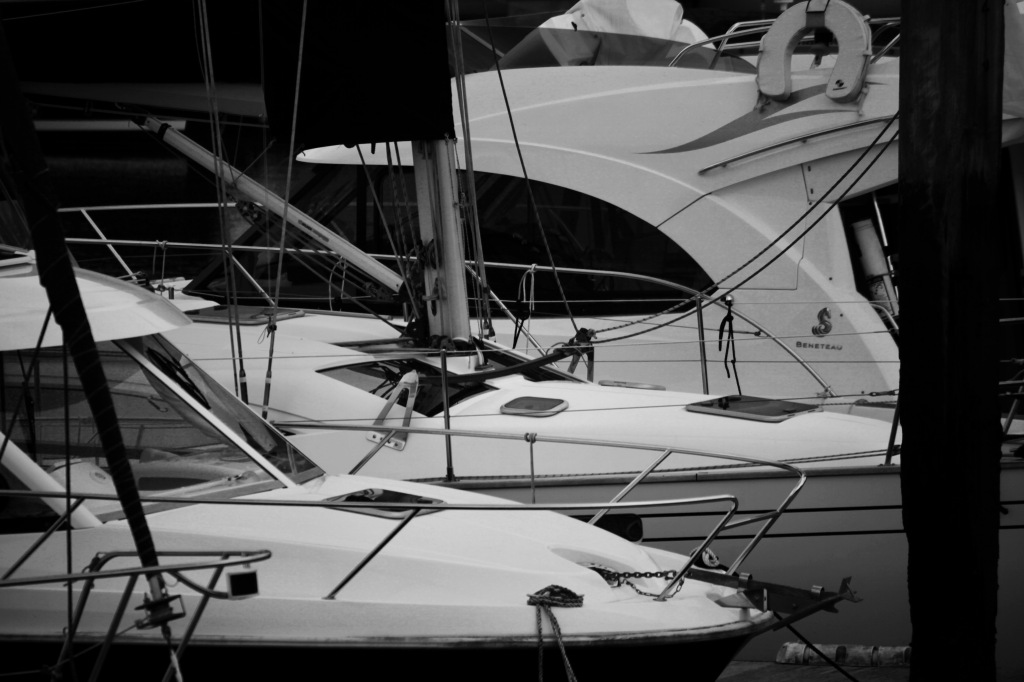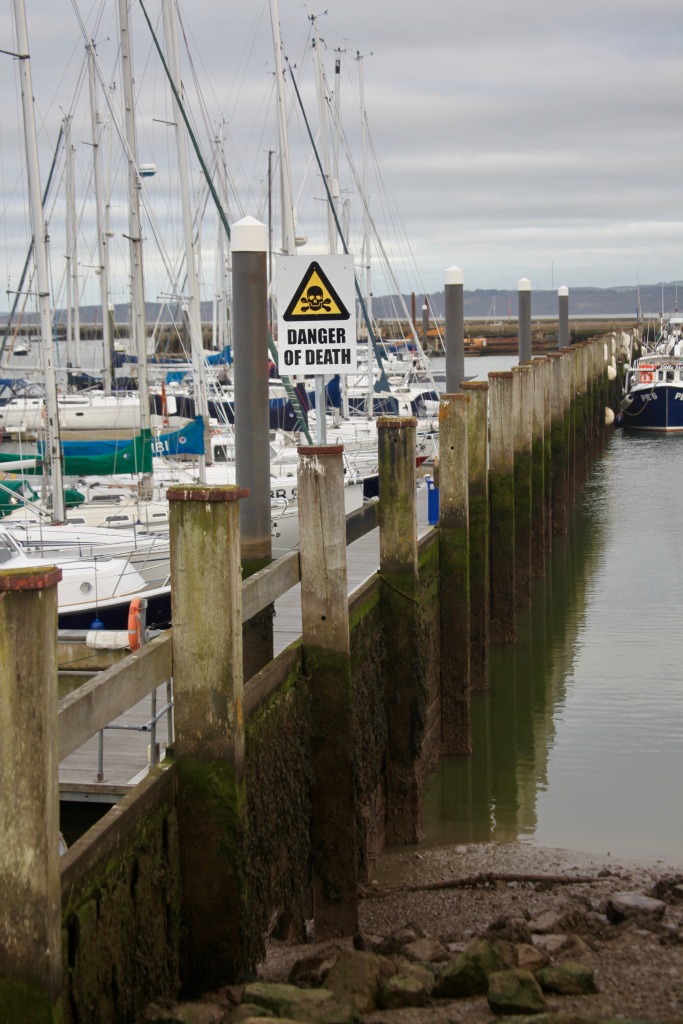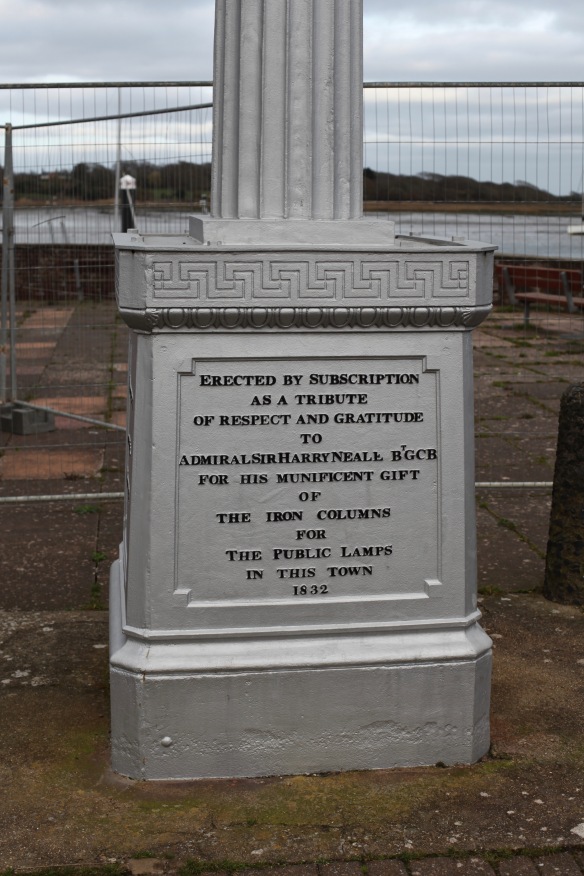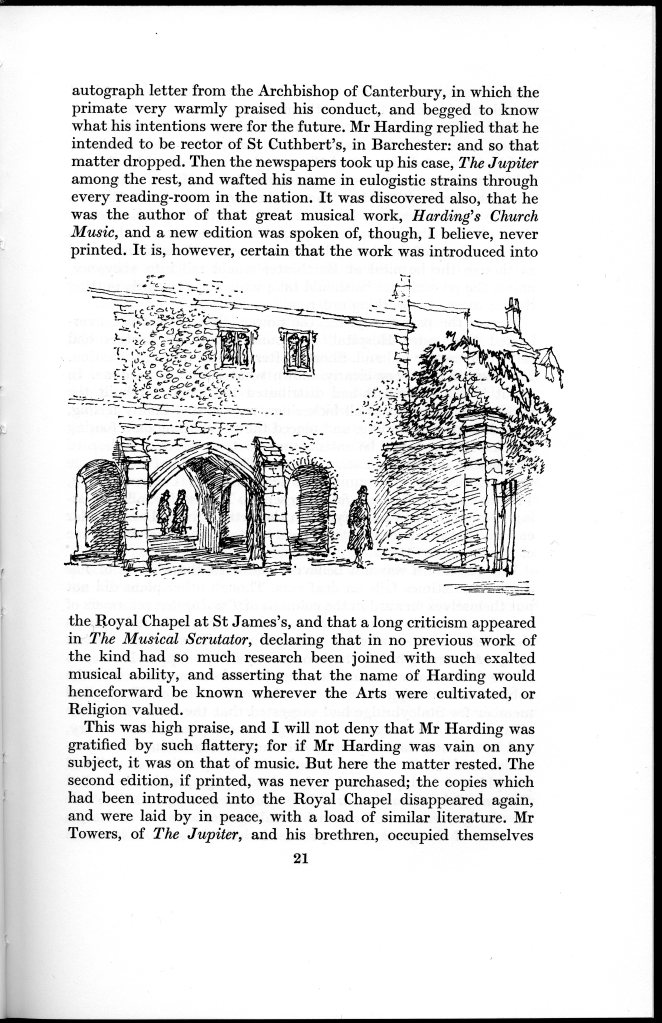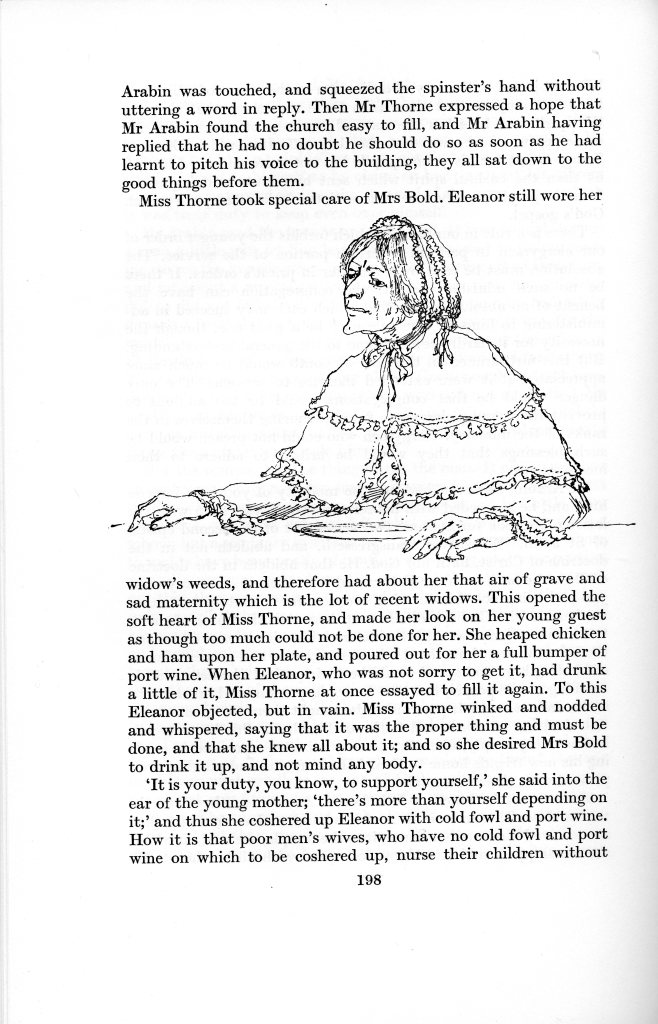No less an accomplished novelist than P.D.James has provided a positive introduction to my Folio Society 1990 edition of Anthony Trollope’s ‘The Eustace Diamonds’. Ms James has accurately analysed the characters featured in the book, and rightly, highlighted Trollope’s understanding of the nature of women and the plight of those without an income in Victorian Britain.
Trollope’s novel is a lengthy saga based on the ownership and the search for the thieves of the eponymous jewellery. His usual skills of characterisation, dialogue, and flowing language are employed. I have to say, however, that my interest waned somewhere about the middle of the story, when I struggled with the writer’s philosophising. I began to feel that I didn’t care who owned the diamonds, or who had stolen them, if, indeed, they had been purloined. Nevertheless, I did persevere, and on balance, was pleased I had done so.
The Folio Sociaty remained committed to Llewellyn Thomas for the illustrations to this Palliser series. I have explained before why I do not like these.
This is just as well given that I spent most of the day wrestling with the installation of High Sierra, the new Operating System for iMac. By late afternoon, the outside light having disappeared, I had, with the help of Apple’s technical help advisers, learned that the procedure, now underway, would take another 9 hours. Not having the stomach to scan old film images and struggle with the Windows 10 alternative, I have produced no illustrations today.
But I did get to read the last 100 pages of the book.
One of the most interesting aspects of the story was the question about whether the diamond necklace was a genuine heirloom or paraphernalia. These are legal terms that Mr Trollope understood far more than I.did.
I gleaned enough from the book to establish the accuracy of Wkipedia’s comments on the subject:
‘In popular usage, an heirloom is something, perhaps an antique or some kind of jewelry, that has been passed down for generations through family members.
The term originated with the historical principle of an heirloom in English law, a chattel which by immemorial usage was regarded as annexed by inheritance to a family estate. Loom originally meant a tool. Such genuine heirlooms were almost unknown by the beginning of the twentieth century.[1]
In the English legal system, any owner of a genuine heirloom could dispose of it during his lifetime, but he could not bequeath it by will away from the estate. If the owner died intestate, it went to his heir-at-law, and if he devised the estate it went to the devisee. The word subsequently acquired a secondary meaning, applied to furniture, pictures, etc., vested in trustees to hold on trust for the person for the time being entitled to the possession of a settled house. Such things were more properly called settled chattels.[1] As of 1 January 1997, no further settled land can be created and the remaining pre-existing settlements have a declining importance in English law.[2]
An heirloom in the strict sense was made by family custom, not by settlement. A settled chattel could be sold under the direction of the court, and the money arising under such sale is capital money.[3] The court would only sanction such a sale, if it could be shown that it was to the benefit of all parties concerned and if the article proposed to be sold was of unique or historical character. The court had regard to the intention of the settlor and the wishes of the remainder men. [1][4]’
In the book, the debate centred around the Eustace family’s contention that the diamonds were an heirloom, and the widow, Lizzie Eustace’s claim that they were paraphernalia, described by the on-line free legal dictionary as
In the English legal system, any owner of a genuine heirloom could dispose of it during his lifetime, but he could not bequeath it by will away from the estate. If the owner died intestate, it went to his heir-at-law, and if he devised the estate it went to the devisee. The word subsequently acquired a secondary meaning, applied to furniture, pictures, etc., vested in trustees to hold on trust for the person for the time being entitled to the possession of a settled house. Such things were more properly called settled chattels.[1] As of 1 January 1997, no further settled land can be created and the remaining pre-existing settlements have a declining importance in English law.[2]
The Free Legal Dictionary (https://legal-dictionary.thefreedictionary.com/paraphernalia) describes paraphernalia as ‘the name given to all such things as a woman has a right to retain as her own property, after her husband’s death; they consist generally of her clothing, jewels, and ornaments suitable to her condition, which she used personally during his life.
2. These, when not extravagant, she has a right to retain even against creditors; and, although in his lifetime the husband might have given them away, he cannot bequeath such ornaments and jewels by his will.’
This evening we dined on breaded chicken breasts served on a bed of onions, garlic, and peppers; with roast potatoes and mushrooms; ans spinach. Jackie drank Hoegaarden and I drank more of the cabernet sauvignon.














